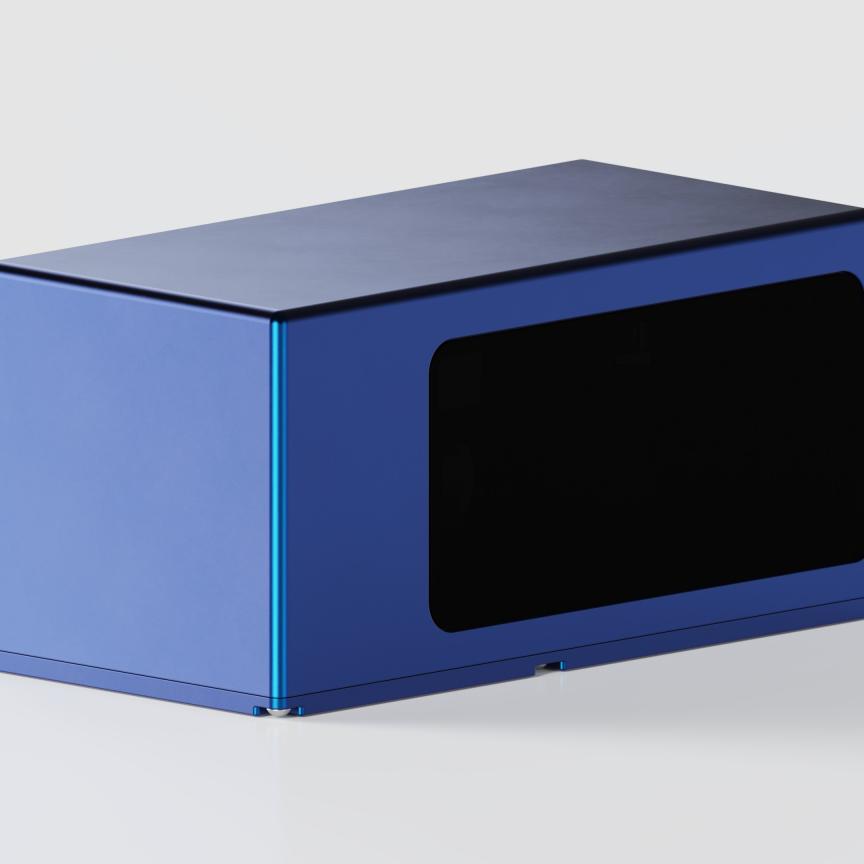A photonics expert from Aston University has set out to make the production of wind power cheaper.
Due to the harsh environments in which they operate, wind turbines come with a hefty price tag – almost a third of a wind farm’s total cost is spent on maintenance, the university says. It adds that there is currently no way to assess the severity of damage to turbine blades, where it starts, or how it progresses.
That’s why, thanks to a grant of almost £100,000 from the Royal Academy of Engineering, associate professor Dr Sergey Sergeyev has set out to find a cost-effective method of monitoring the condition of wind turbine blades.
Working with the sensor technology company Insensys, he will develop a technique that involves analysing the fundamental properties of light and polarisation, and combining fibre optics, laser physics, nonlinear science and signal processing disciplines.
Sergeyev’s research will be cost-effective, the university says, as it will involve exploring testbeds based on simple specimens of materials similar to actual blades.
“I’m delighted to have received this grant to explore methods for improving the efficiency of such an important source of green energy,” Sergeyev says. “The condition monitoring of wind turbine blades includes damage detection, localisation, classification and evaluation.
He adds: “My project is primarily based on fibre optic sensors – called fibre Bragg grating sensors – which have high sensitivity to distortions, such as stretch, twist and bend, which change the shape of the composite material. To explore such property we will advance our recently developed polarimetric technique to detect the structural defects.”
The Royal Academy of Engineering granted the award as an industrial fellowship and the research is expected to last two years.
Dr Sergeyev is based at Aston Institute of Photonic Technologies – one of the largest photonics research centres in the UK – within the University’s College of Physical Sciences and Engineering, and is experienced in polarisation phenomena, fibre optic sensors, and laser physics.


